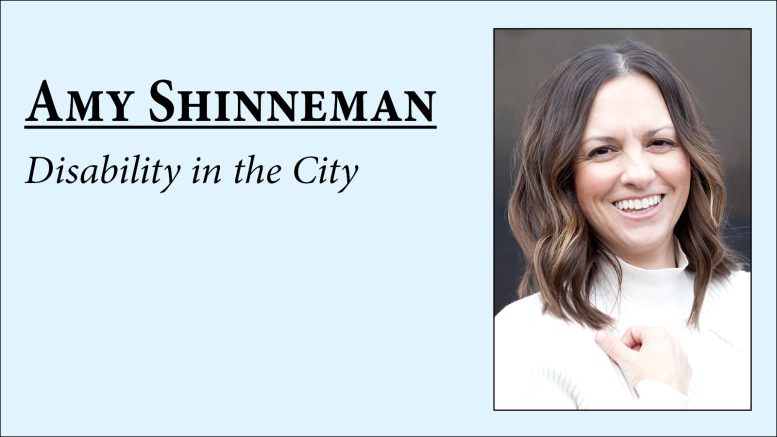As a person who has lived in a disabled body her whole life, there have been some major struggles with body image.
As an elementary student, I was always self-conscious of my braces and my rapidly increasing scars. At that time, it wasn’t as much about my actual body as it was just a feeling of being different from all the other girls. I was envious of how fast they could run, or how they could jump and just seemingly do everything with ease. I wanted strong legs, but my legs had braces, or I was often wearing casts from surgeries. I did what I could, though, and kept up to a certain degree.
During middle school, I started to become more aware of my body, my size, my scars. I have a three-inch scar on my left thigh. I hated that scar. It was from a muscle biopsy I had when I was about two years old. Through numerous surgeries, I was able to shed my full-time braces, but the tradeoff was that both of my ankles are covered on all sides with big scars. The ones that bothered me the most are the two huge scars that are on the back of my feet from Achilles tendon surgeries. I always tried to hide them with socks. I didn’t want anyone looking at them or asking me questions about why I had them.
In high school, the body images issues only increased. It’s not uncommon for a girl to compare herself to others and not feel up to par with some of the girls. As a disabled girl, my insecurities were tenfold. I did what I could to “fit in.” I loved keeping up with the trends as much as anyone else. It bothered me, though, that I didn’t have perfect looking legs. I became kind of obsessed with my body image, and in my mind it was rough. I found myself constantly comparing myself to others.
During college, more specifically my sophomore year, I started getting interested in weight training and even took a weight training class. Kind of funny because I can’t really lift much weight, but it was educational. I am on the shorter side at 5-foot-2, and as someone who can’t burn a ton of calories because I’m not able to move as much, I must be careful. If I gain weight, even a little, it makes it much harder for me to walk. Even a few pounds make a very noticeable difference in the effort it takes to walk. Since college, I’ve gone through a lot of ups and downs with unhealthy diet habits and restricting myself because I wanted to look a certain way.
In all transparency, I still struggle with body image at times, but I’m working on it, and I’ve come a long way in that area. I still desire to be a healthy weight, but as I get older it’s more for health reasons than it is for vanity reasons, or trying to fit in.
Exercise is important to me, but now it’s because I know that is my part in keeping my muscles as healthy as I possibly can, as is what I put in my body.
I accept my scars now as a part of me, and I never think about trying to hide them or cover them up. They tell a part of my story, and I’m proud of myself for making it through all those surgeries and years of rehabilitation. A map of the roads I have traveled.
In talking with some others who have a disability, I’ve learned that I am not alone in my struggle as a disabled person with body image issues. I realize that nondisabled people have body image issues, too. This is just from my perspective. I would like to be a part in helping to change that mindset. Continuing to work towards a healthier mindset for myself surrounding my body image, while encouraging others to do the same.
I think we should be proud of our differences. I think our differences are what make life interesting. How boring would it be to all look the same or talk the same? We were never all meant to be the same.
Until next time …
Amy Shinneman is a former National Ambassador for the Muscular Dystrophy Association, disability blogger, wife, and mom of two boys. You can find her blog at humblycourageous.com and reach her on Instagram @ashinneman.

